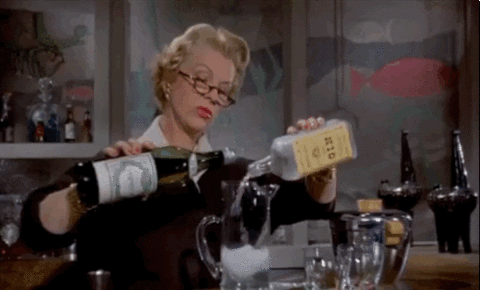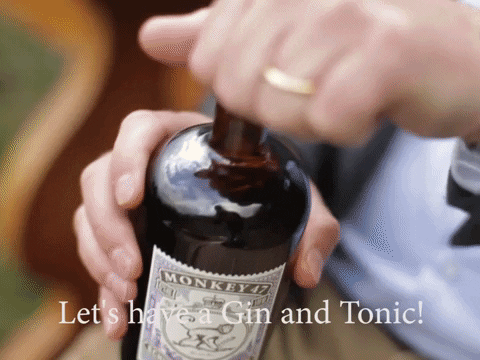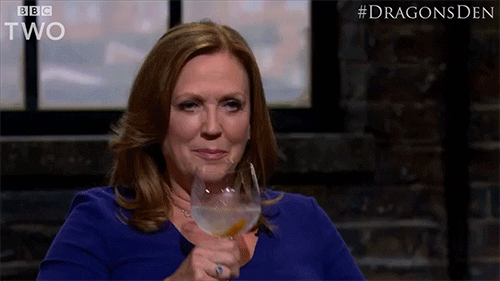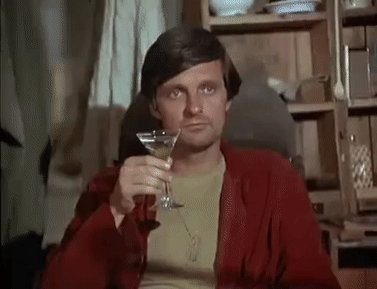When it comes to the booze hierarchy, it’s pretty tough to top gin. Could there possibly be a more adaptable spirit? This crystal clear, juniper berry-based spirit can be combined with almost anything from the natural world. Coriander, cucumber, rose, anise, cinnamon, saffron, and even elephant poop have been incorporated into gins. On top of that, gin is the base of some of the greatest cocktails ever created. Is there any topping the iconic gin and tonic or gin gimlet? We don’t think so.
Since we’re singing the praises of one of our favorite spirits, we figured the time was right to throw out a few gin-centric facts so that you can learn to love gin as much as we do. Check them all out below and then mix up a fresh, seasonal gin-based cocktail.
Photo: Steve Lupton (Getty Images)
Try them all: 10 Weird Alcohols to Be Drunk (And Puked Up) From Around the World
Mandatory Staff Picks: The 10 Best Cheap Whiskeys
Follow Mandatory on Facebook, Twitter, and Instagram.
10 Gin Facts
-
The First British Cocktail Wasn’t the Gin and Tonic

The first cocktail in the first-ever British cocktail book was a gin-based drink. The book was called William Terrington’s Cooling Cups and Dainty Drinks and the cocktail was made with ginger syrup, orange curaçao and bitters.
-
A Real Martini Is Made With Gin

If you order a martini, it should be made with gin. The classic recipe calls for gin and sweet vermouth and nothing else. A dry martini contains gin and dry vermouth. The last version is the vodka martini that is made with vodka and most likely dry vermouth.
-
England Wasn’t the First

Even though most people know the term “London Dry” when it comes to gin, it was the Dutch who first made gin. The British didn’t even learn about gin (or genever) until the 17th century while fighting in the Dutch war of independence. They decided to bring it home and it became its most well-known spirit.
-
Don’t Drink ‘Bathtub Gin’

During prohibition, many people made their own "bathtub gin." And by bathtub, we literally mean that they would make it in a bathtub. Since gin is one of the easiest spirits to make, people would fill bathtubs with it before adding juniper berries and other ingredients before drinking. It was tremendously harsh and even killed some who drank it.
-
The First Gin and Tonic Was Made In India

In the 1800s, when Britain began to colonize India, tonic water became a reliable defense against malaria. But, since they didn’t enjoy drinking the bitter liquid on its own, gin was added and the gin and tonic was born.
-
There’s a Reason Your Gin and Tonic Has Lime In It

When British Naval officers mixed gin and tonic together to make the quinine more palatable, they often added a lime wedge for flavor. The reason limes were on board instead of lemons was because members of the British Parliament had investments with lime plantations in the Caribbean.
-
First Came Genever, Then Gin

Genever (or jenever) is the Dutch version of gin. Just like gin, it’s juniper-based and full of traditional herbs and botanicals. While The Netherlands is home to many gin brands, in recent years, genever has also gained in popularity.
-
There Are Different Types of Gin

Just like with whiskey, there are different kinds of gin. London Dry is distilled to at least 70 percent ABV and can’t have anything added to it. Old Tom is sweeter and less herbaceous than London Dry. Plymouth Gin is similar to London Dry but must be made in Plymouth, England.
-
Gin Is Technically Just Flavored Vodka

Gin and vodka are both made from the same base ingredients. They both begin as a neutral spirit. The difference is that while vodka is ready to be bottled at this point, gin isn’t. Juniper berries and various other botanicals are added to give it the flavor we all expect.
-
Gin Gives You 'Dutch Courage'

You may have heard the term “Dutch Courage” and not know what it means. It’s a reference to the assumed courage gained from drinking booze (gin or genever). The history of the phrase goes all the way back to the Anglo-Dutch wars in the 17th century.









